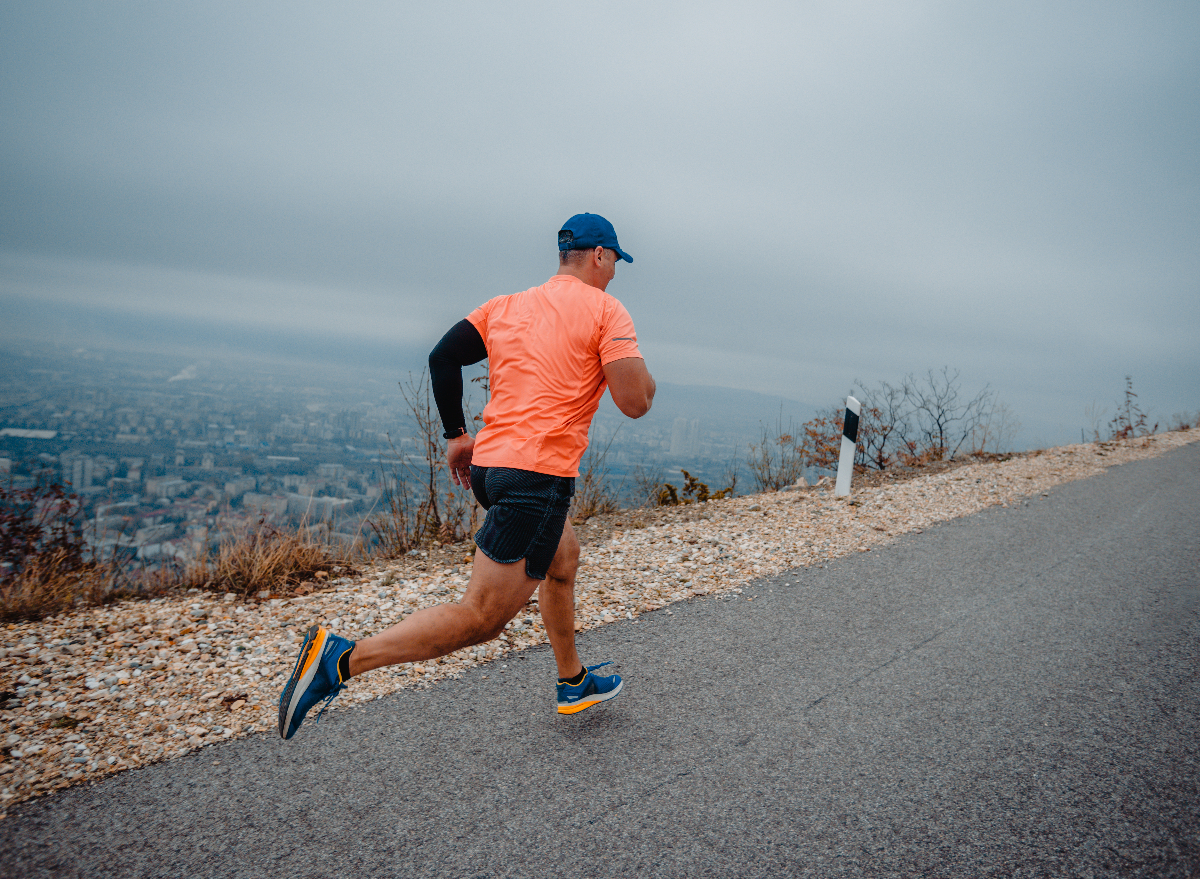Control Your Runs: Proven Strategies for Effective Running Workout
Control Your Runs: Proven Strategies for Effective Running Workout
Blog Article
Dealing With Typical Running Discomforts: Reasons, Solutions, and Avoidance
As runners, we often encounter different discomforts that can impede our efficiency and pleasure of this exercise. From the incapacitating discomfort of shin splints to the unpleasant IT band disorder, these common operating discomforts can be frustrating and demotivating. Understanding the reasons behind these ailments is critical in successfully resolving them. By discovering the origin reasons for these running discomforts, we can discover targeted solutions and safety nets to make certain a smoother and much more meeting running experience (click to read more).
Typical Running Discomfort: Shin Splints
Shin splints, a typical running pain, commonly result from overuse or improper footwear during physical activity. The recurring stress and anxiety on the shinbone and the cells affixing the muscular tissues to the bone leads to inflammation and discomfort.
To prevent shin splints, people should gradually increase the strength of their exercises, wear proper footwear with appropriate arch support, and preserve versatility and stamina in the muscular tissues surrounding the shin (running workout). Additionally, incorporating low-impact activities like swimming or biking can assist keep cardiovascular fitness while permitting the shins to heal.
Common Running Discomfort: IT Band Disorder
In addition to shin splints, an additional common running pain that professional athletes usually encounter is IT Band Syndrome, a condition caused by swelling of the iliotibial band that runs along the outer thigh and knee. IT Band Disorder generally shows up as discomfort outside of the knee, specifically during tasks like running or biking. The iliotibial band is a thick band of fascia that links the hip to the shin, and when it becomes inflamed or tight, it can scrub versus the thigh bone, leading to discomfort and pain.
Joggers experiencing IT Band Syndrome might observe a painful or hurting feeling on the outer knee, which can get worse with continued activity. Elements such as overuse, muscular tissue imbalances, improper running form, or insufficient workout can add to the advancement of this problem. To avoid and reduce IT Band Syndrome, runners should concentrate on extending and enhancing workouts for the hips and thighs, proper footwear, gradual training progression, and attending to any biomechanical problems that may be intensifying the trouble. Overlooking the signs of IT Band Syndrome can cause chronic problems and long term recuperation times, stressing the importance of early treatment and correct administration strategies.
Usual Running Pain: Plantar Fasciitis

Plantar Fasciitis can be connected to different factors such as overtraining, incorrect shoes, running on hard surfaces, or having high arches or level feet. To stop and alleviate Plantar Fasciitis, joggers can include stretching exercises for the calves and plantar fascia, wear supportive footwear, keep a healthy and balanced weight to minimize pressure useful content on the feet, and slowly increase running intensity to avoid sudden tension on the plantar fascia. If signs and symptoms continue, it is advised to seek advice from a health care expert for proper diagnosis and treatment alternatives to resolve the condition successfully.
Common Running Discomfort: Runner's Knee
After dealing with the difficulties of Plantar Fasciitis, an additional prevalent issue that runners usually deal with is Jogger's Knee, a common running discomfort that can hinder sports performance and trigger pain throughout physical task. Runner's Knee, additionally recognized as patellofemoral pain disorder, manifests as pain around or behind the kneecap. Runners experiencing this pain may really feel a boring, aching pain while running, going up or down stairs, or after extended periods of resting.
Typical Running Pain: Achilles Tendonitis
Generally affecting joggers, Achilles Tendonitis is an excruciating condition that affects the Achilles ligament, triggering discomfort and prospective limitations in physical activity. The Achilles ligament is a thick band of tissue that links the calf muscular tissues to the heel bone, important for activities like running, jumping, and strolling - try this. Achilles Tendonitis often develops because of overuse, inappropriate footwear, poor extending, or abrupt rises in exercise
Symptoms of Achilles Tendonitis consist of discomfort and rigidity along the ligament, especially in the early morning or after periods of lack of exercise, swelling that worsens with task, and possibly bone stimulates in persistent situations. To protect against Achilles Tendonitis, it is important to extend correctly before and after running, wear appropriate footwear with proper support, gradually enhance the intensity of workout, and cross-train to decrease recurring tension on the ligament. Therapy may include rest, ice, compression, altitude (RICE procedure), physical treatment, orthotics, and in severe situations, surgical procedure. Early treatment and appropriate care are vital for handling Achilles Tendonitis properly and avoiding lasting complications.
Final Thought

Report this page